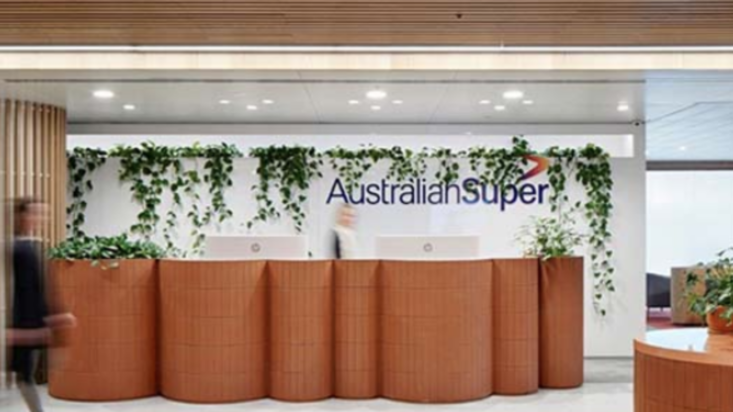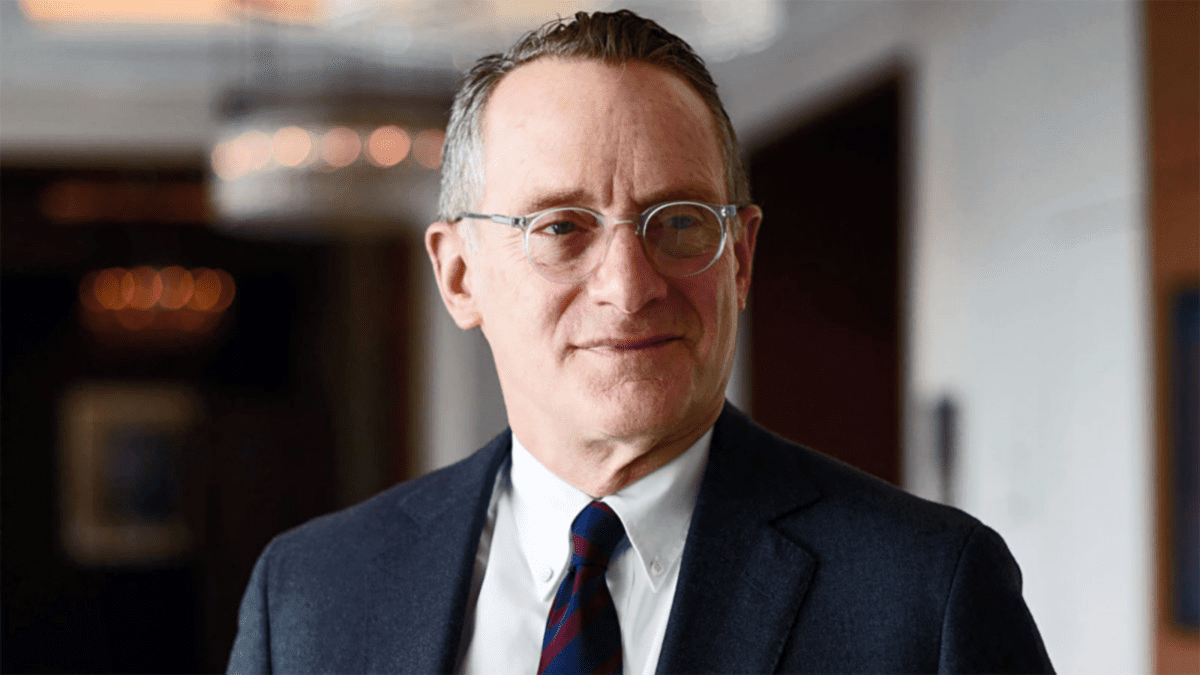Australian Super’s fee plan needs a second look
Australia’s largest industry super fund, Australian Super, quietly reported a not insignificant increase in their annual fees last week. In a short statement sent to members and picked up by several publications, the group blamed a spree of private market purchases including infrastructure and property for the 0.1 per cent jump.
The fee increase, from 0.63 to 0.73 per cent, came as a surprise to much of the industry with management suggesting it was due to the significant due diligence and acquisitions costs of purchasing large infrastructure assets, i.e., stamp duty and taxes. The challenge, however, is that this fee increase is out of the hands of member and simply must be expected as the cost of being with Australian Super.
The idea that industry funds are the lowest fee super accounts in the industry has been challenged by this and other recent fee increases, with Australian Super’s data showing the cost of a $50,000 balance now exceeds 1 per cent. This comes amid a broader reduction in fees from the corporate and retail super sector.
With the majority of the fee increase blamed on a splurge in infrastructure spending, it would be worth considering whether that level of investment was appropriate and in the interests of members. If the biggest super fund in the country can’t leverage its scale and keep fees under control, smaller funds have little hope of doing so.
And that’s without mentioning the inherent challenge of investing ever larger parts of the portfolio into illiquid investments. This is particularly relevant in light of the early release policies of 2020, which pressured liquidity, but becomes all the more important with an ageing population and member base given the approach inherently relies on the constant flow of contributions to manage liquidity.
Moving away from Australian Super, the announcement raises another interest question. What is the appropriate level of fees for investment management?
The concept of ‘fee budgets’ or a total fee amount to which most asset allocators work was made popular by the industry funds many years ago, and has now expanded to most other parts of the industry. But how does an adviser set them in this environment?
Do you simply seek to deliver the lowest cost possible?
This question is likely among the most important for all financial advisers in light of the ‘best interest duty’ and the fact that every fee, internal and external, must be disclosed in a statement of advice (for now, at least, depending on the Quality of Advice Review outcome).
Passive investing has been all the rage due to its ability to build a highly diversified portfolio at the lowest possible cost to the client, not unlike the strategies being forced onto the industry fund sector by the Your Future Your Super legislation. In my experience, while this can be a successful strategy for those still contributing and able to accept market volatility, it is less suited to those in decumulation phase.
What does ‘best interests duty’ mean for fees? Some suggest that the lowest cost option is the only way for an adviser to meet their fiduciary obligation. But for those actually operating in the industry, the ability to dampen volatility to a lower level than the market – something only possible through active management – is invaluable.
Ultimately, the role of advisers is to ensure investors are able to stick to their investment strategy and to do so with confidence. One of the few ways this is possible is to limit, rather than try to avoid, the drawdowns that come with investing in inherently risky assets. There are many ways to deliver this, whether in the form of active management, large allocations to alternative assets or the use of lower volatility products. Ultimately, the notion of purpose is well appreciated.
Different strategies, investments and structures are suited to different people, but seeing your fees increase by around 15 per cent with no input likely remains a key reason that financial advisers are busier than ever.











